Here is a photo documentation of my visits to a few of the Science centres and science museums of ACT and NSW (not an exhaustive list, of course, but just what could be accomplished in my month in Australia...):
Mt Stromlo Visitor Centre (Tidbinbilla, Canberra)
Questacon (Canberra)
CSIRO Discovery Centre (Canberra)
Powerhouse (Sydney)
Scienceworks (Melbourne)
Mt Stromlo, Tidbinbilla
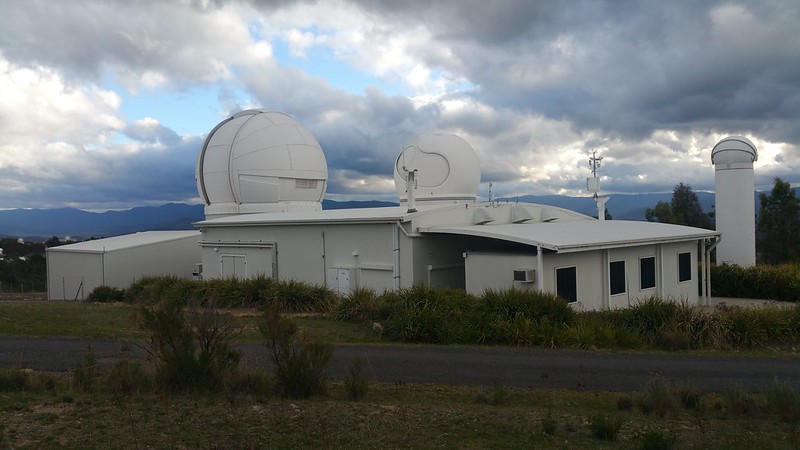
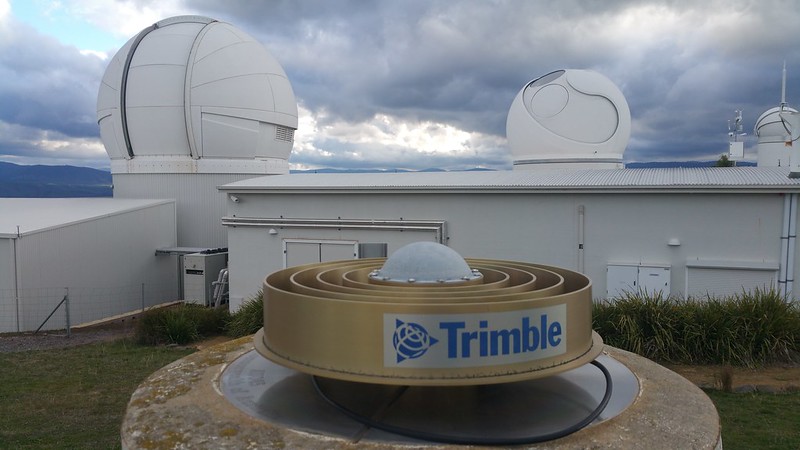
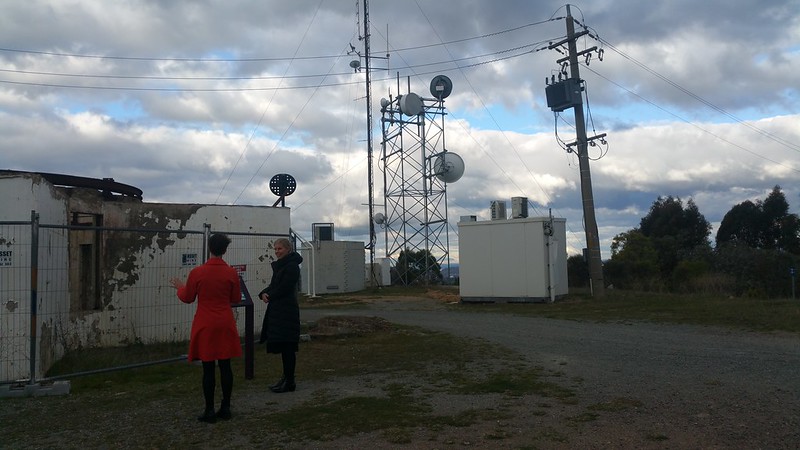
I really wanted to visit this although it was quite far out, but then again, Canberra always feels so close to the countryside. For the uninitiated, Mt Stromlo is the physical successor to the Honeysuckle Creek Tracking Station, which was the NASA Earth Station used to support Project Apollo. Honeysuckle Creek would have been the first telemetry station on earth to have actually received the video and audio data for the moon landing. It is also the site of the first optical munitions factories in Australia (allowing Australia to be self-sufficient in developing and producing its own optical munitions instead of relying on imports that were being cut off during WWII), and the observatory.
It is plainly visible that there has definitely been a dialogue going on between the astronomers at Mount Stromlo and Canberra's municipal authorities in reducing the unnecessary night time lighting in Canberra so that it doesn't impact upon the research done at the observatory at night. Even in Canberra itself I've marvelled at how clear the stars and Canberra is supposed to be one of the best places for astro-photography!
In case you are wondering, the text on the signboards of the walking trail outside is exactly that which you will find on the booklets and the website, so if you don't make it down to Mt Stromlo, reading the website should pretty much tell you everything factual you need to know about Mt Stromlo.
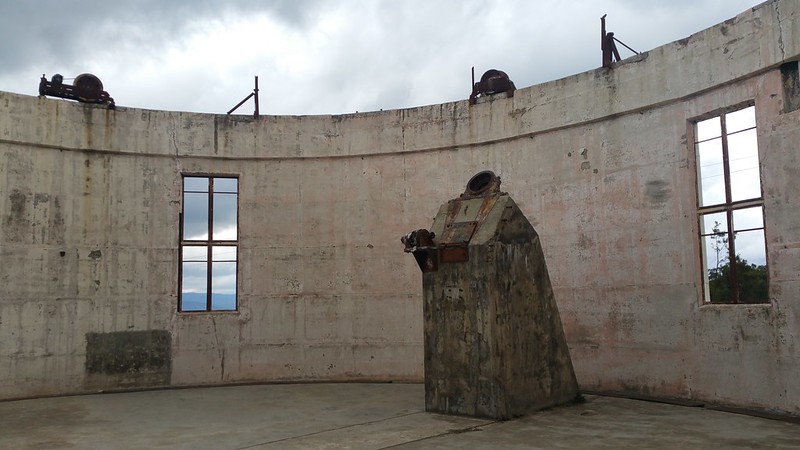
The area has been repeatedly ravaged by fires so there are many standing 'ruins' of domes, telescopes, and observatory buildings mixed in between the standing buildings - there was a 1952 firestorm and a 2003 firestorm, both caused by lightning strikes. The ruin above is that of the former Yale Columbia Telescope. First built in 1923-24 and located in Johannesburg South Africa, it was brought to Mt Stromlo in 1955 and donated by Yale and Columbia to the observatory in 1963. The dome and telescope were destroyed during the 2003 firestorm.
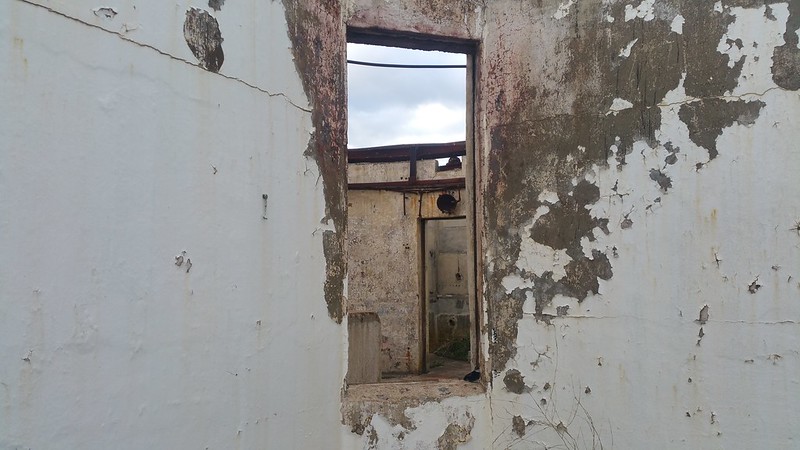
Ruins of the Oddie Telescope - the first telescope in the Mt Stromlo area to test out its suitability as a observatory site - donated by amateur astronomer James Oddie which was used to form the first Commonwealth Solar Observatory in 1911. Again, after a long history of being used by amateurs and academics alike to view and study the skies, it was destroyed during the 2003 firestorm.
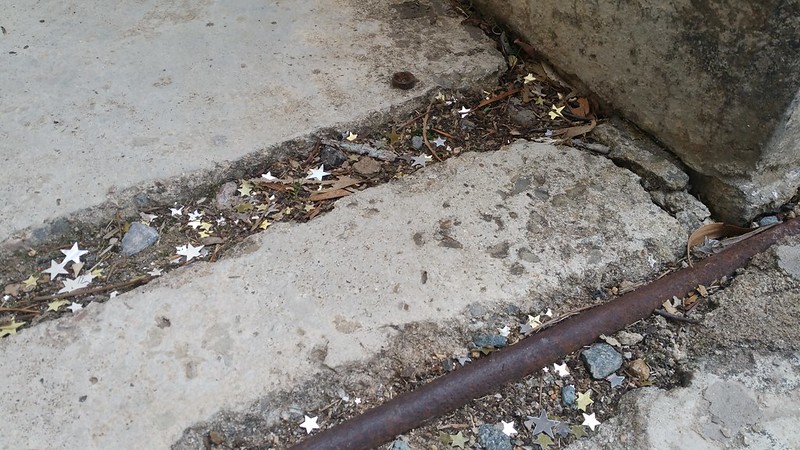
It was funny that amidst the ruins someone had scattered all these little glittery stars...
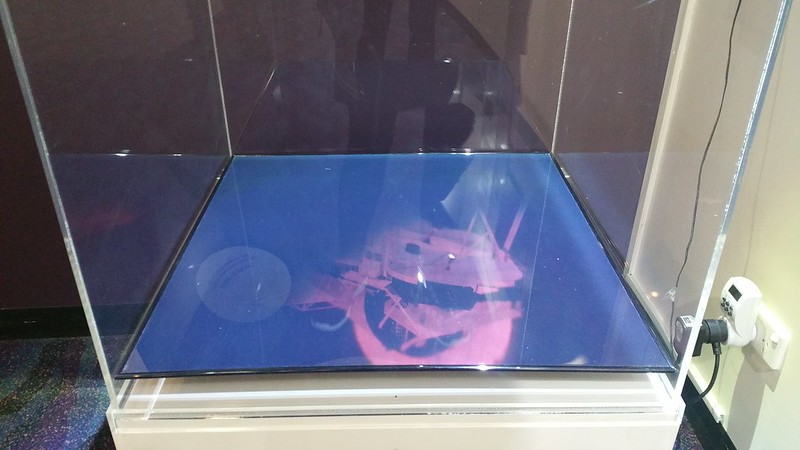
As predicted I found they had a hologram of the Giant Magellan Telescope being constructed in Chile at the moment - a massive US-led project in partnership with Australia, Brazil, and Korea, with Chile as the host country. Basically in order to work it will have the world's largest man-made mirrors inside it. I suppose it is only fitting to use a lens (a hologram being a lens in and of itself) as a way to display a picture of the world's biggest lens into the skies!
Questacon (Canberra)
Bring your own supply of hand sanitizers, for this is the most amazing hands-on (and disturbingly sticky) science museum you'll ever go to! Is it worth the $23 adult ticket? I think its worthwhile experience, but in some ways it is also a considerable fortune to pay for your delicate senses to be assaulted by the excited screams of small children bouncing off the walls in all directions.
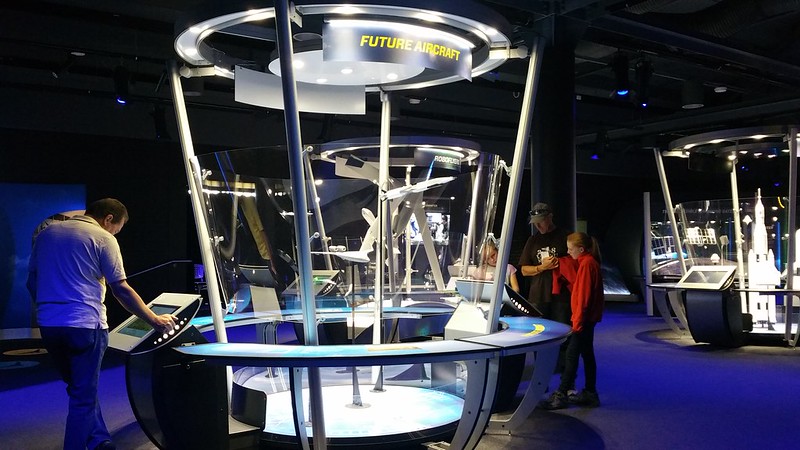
The Boeing show "Above and Beyond" is a great science and engineering exhibition that is thankfully not merely children-oriented but surprisingly detailed enough to keep grownup geeks occupied with all the interactives and information panels.
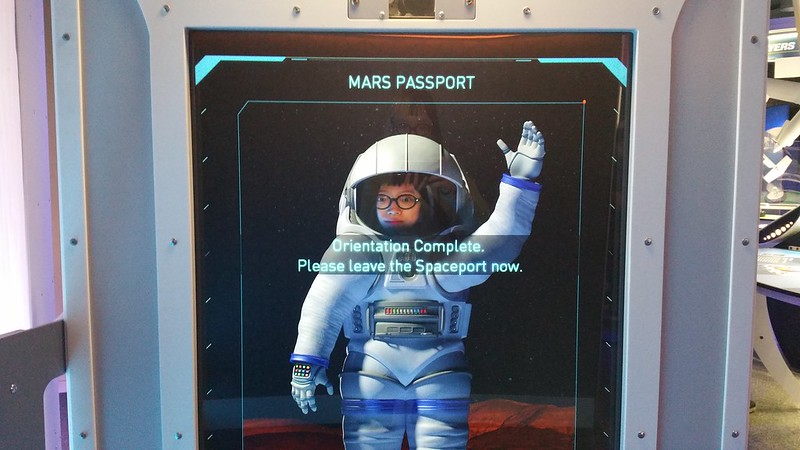
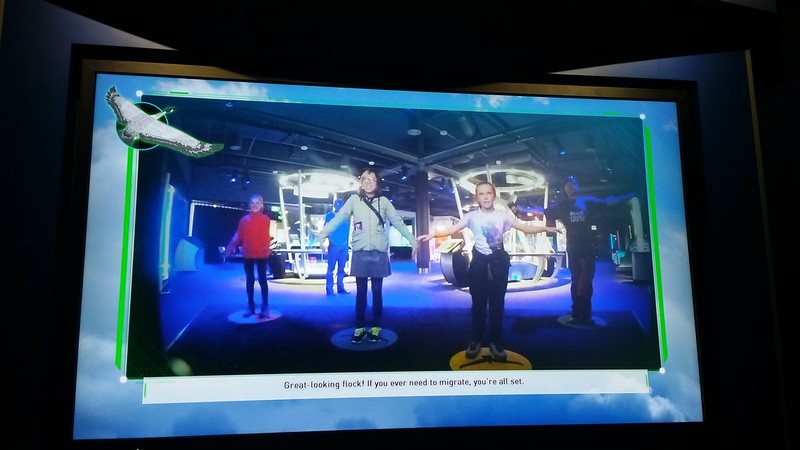
The many interactives such as the Mars Passport, Migration Flight Simulator, Space Debris Collector, and Space Elevator are definitely entertaining even for big children/adults. I wonder why it is that science museums tend to be thought of as places for children visitors - I mean, adults visit art museums and history museums even when they aren't studying or working in art or history, so why not science museums in the same way?
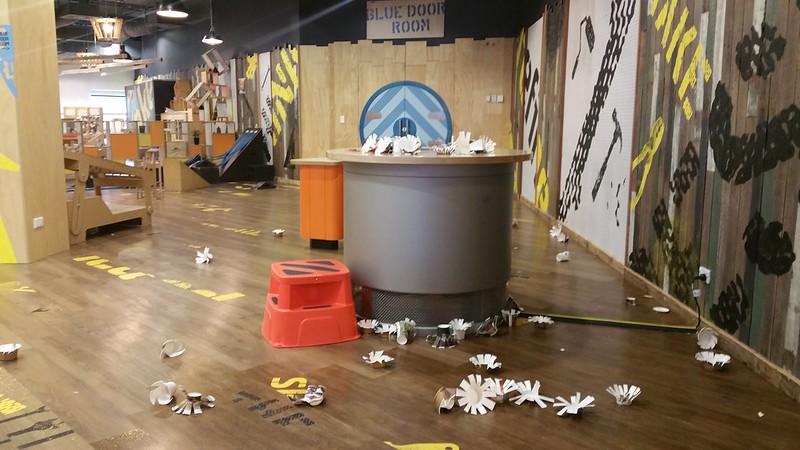
Down on the ground floors get ready for the carnage of children and child-oriented interactives.
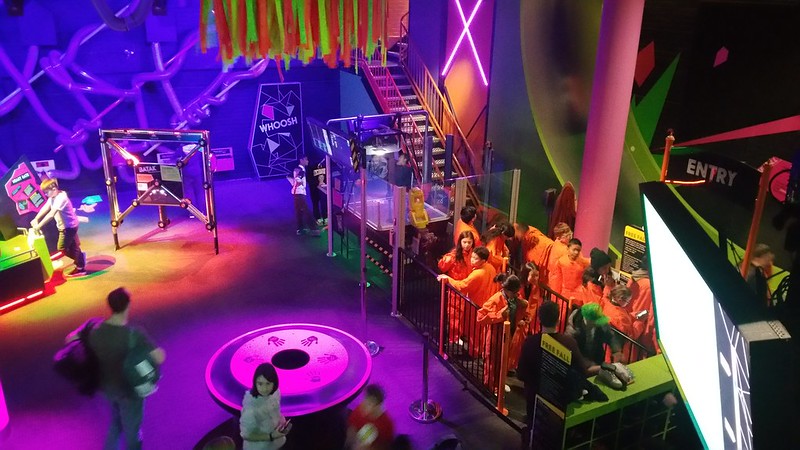
The children tend to come in "waves" because they come in school groups - so it is possible to have a quiet moment at Questacon if you wish to read the panels without having children screaming in your ear. It just really depends on your luck...
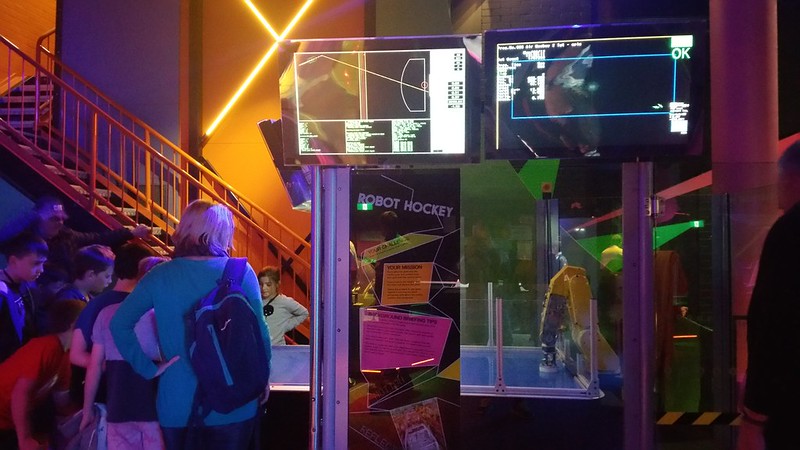
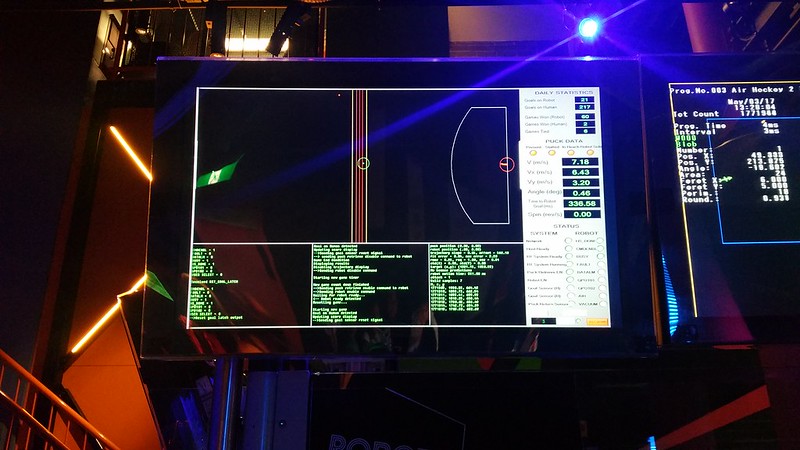
If you are patient enough, you can play table hockey with a robot who will crush your dreams by beating you flat outright.
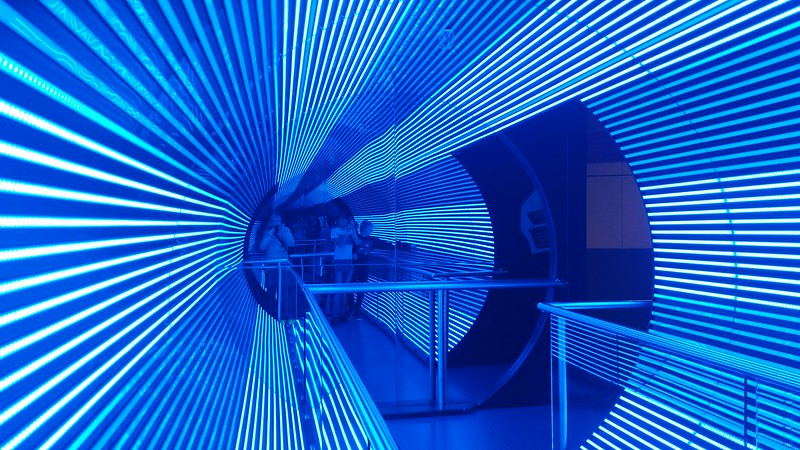
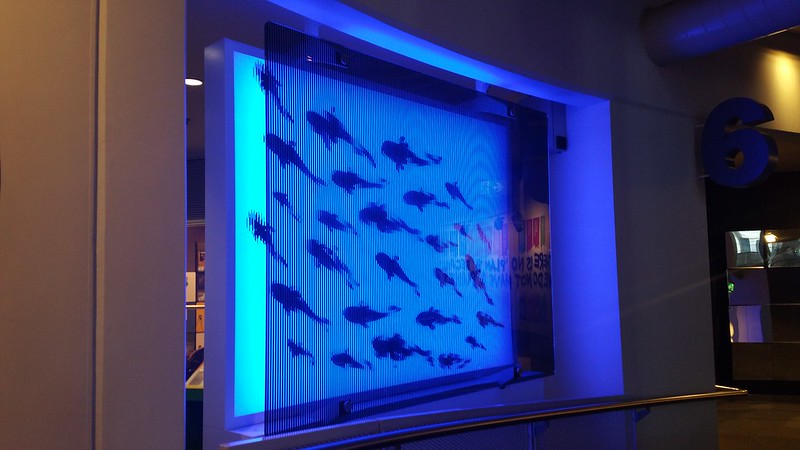
As expected there are also a lot of visual/optical illusions in this museum such as a LED tunnel and this parallax barrier grid of fishes along the stairway...
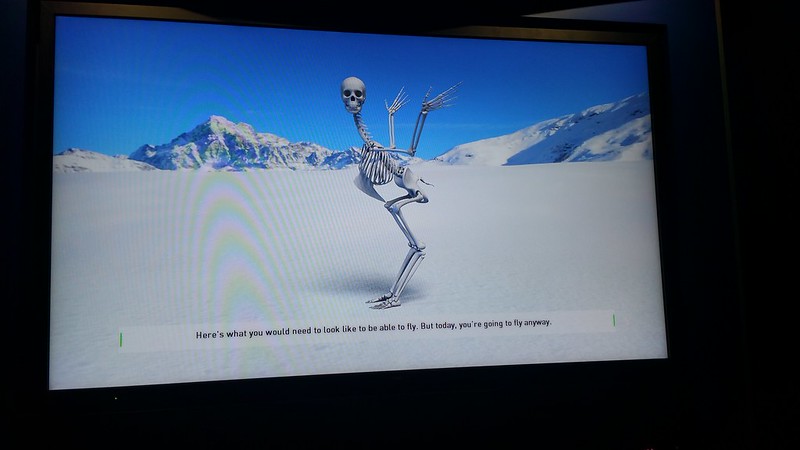
"Here's what you would need to look like to be able to fly. But today, you're going to fly anyway."
I actually came here to see if I could find Paula Dawson's holograms here but it appears I was (gulp) 20 years too late. However this museum is definitely a 10/10 if you like touching and playing with everything, and even adult visitors will come away having learnt loads of new things from this place despite it being thought of as a largely child-oriented museum experience.
CSIRO Discovery Centre (Canberra)
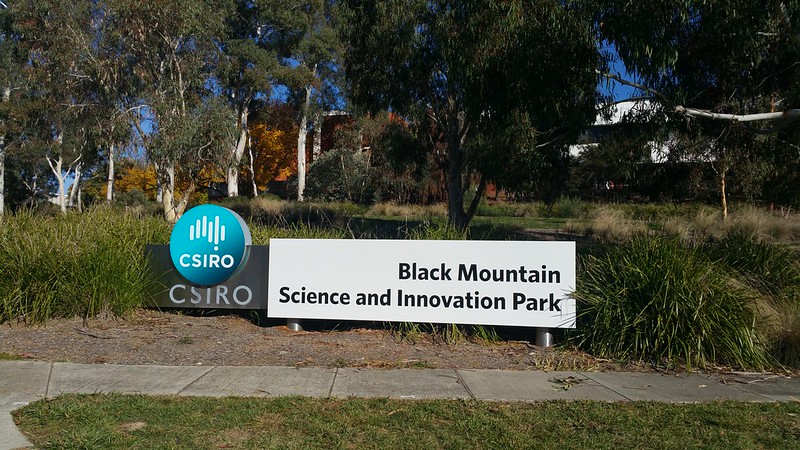
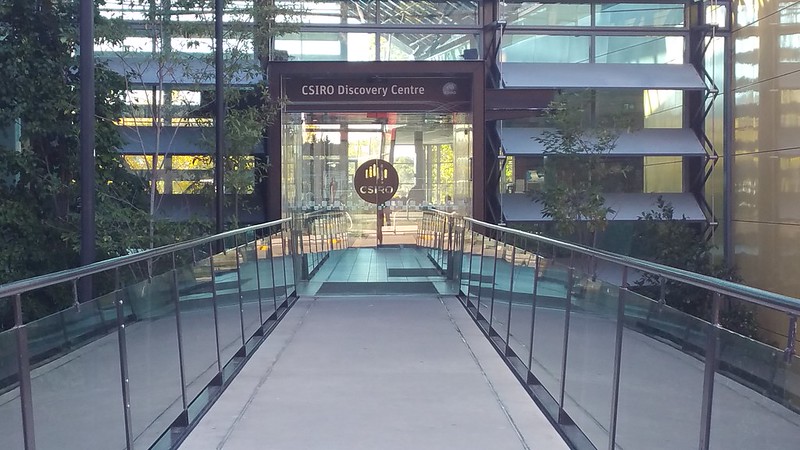
The CSIRO Discovery Centre is a kind of educational area for children to visit and learn about the activities and research done by the Commonwealth Scientific and Industrial Research Organisation (CSIRO) - the federal government agency for scientific research in Australia.
(I want to complain about how Canberra is frequently not very friendly to pedestrians - for it took me a long time to find the front entrance of this building! If you're walking from ANU you should take one of the back doors via the second floor cafe, but problem is that if you've never been inside you'll probably never that you can access it from this door! Argh catch-22!)
Anyway the CSIRO Discovery Centre is a modest sized exhibition space with lots of totally full-on exhibits on everything being researched on in CSIRO - designed in that distinctive, slightly dated early 00s flash graphic style that you see in so many science museums or science communication boards for the public - characterised by a crazy collaged cacophony of colours, tiny text, and futuristic elements.
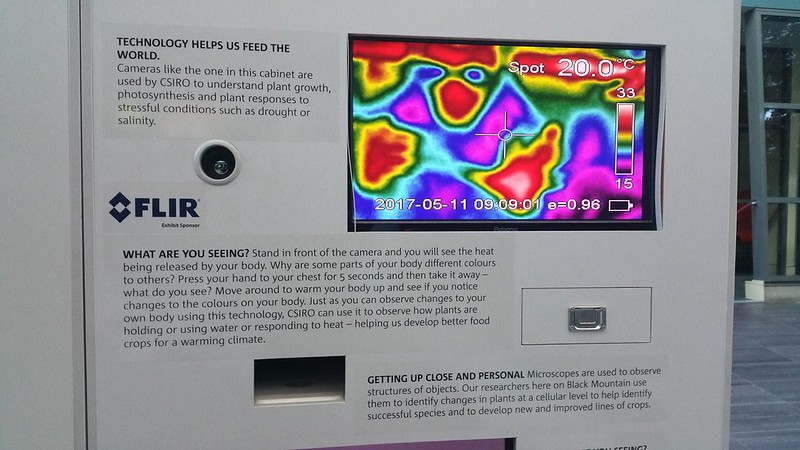
MAXIMUM COLOUR
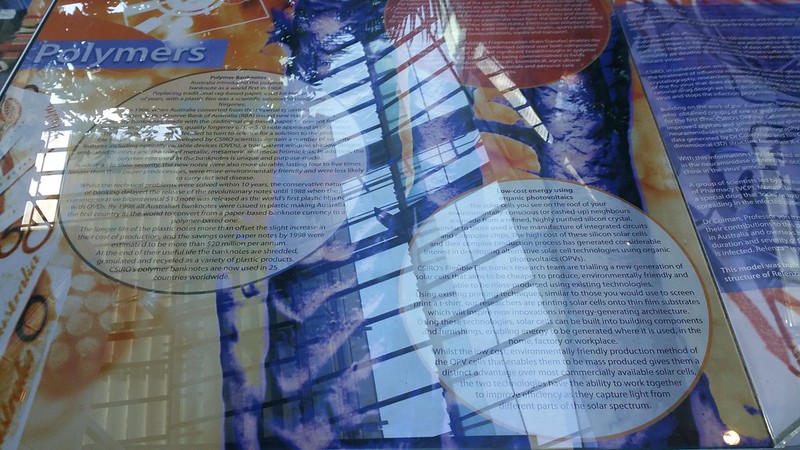
MAXIMUM WORDS
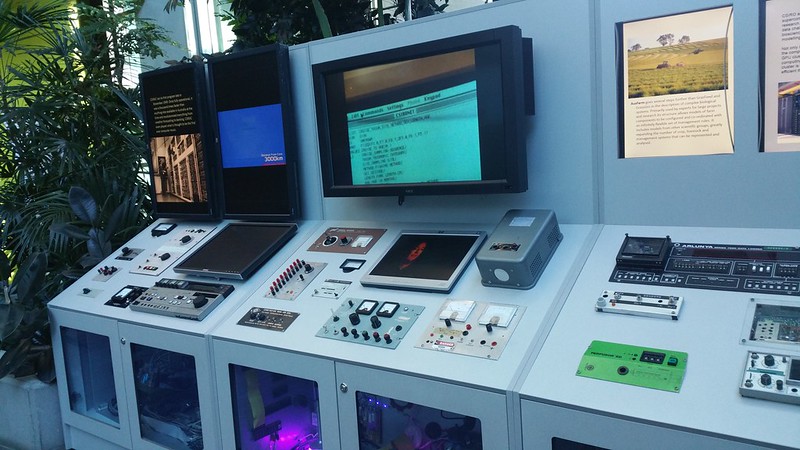
MAXIMUM... SCREENS AND STUFF
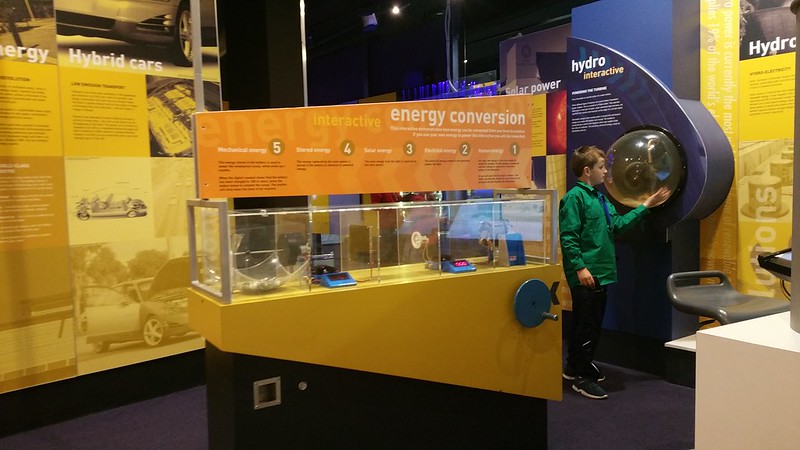
MAXIMUM INTERACTIVE
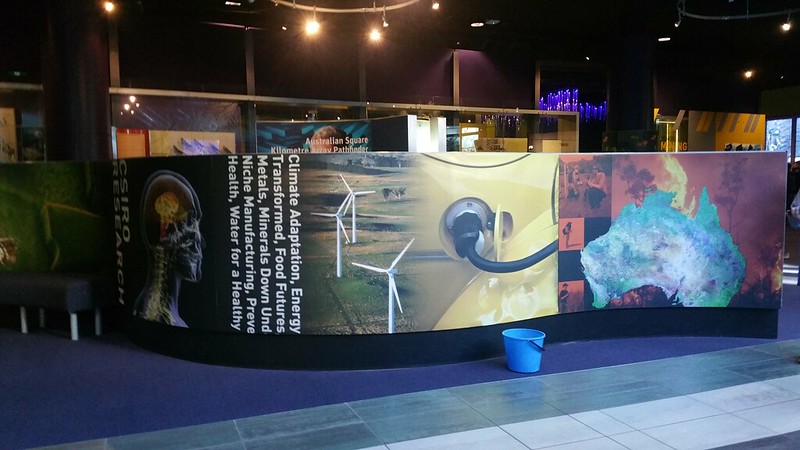
MAXIMUM... BUCKET?
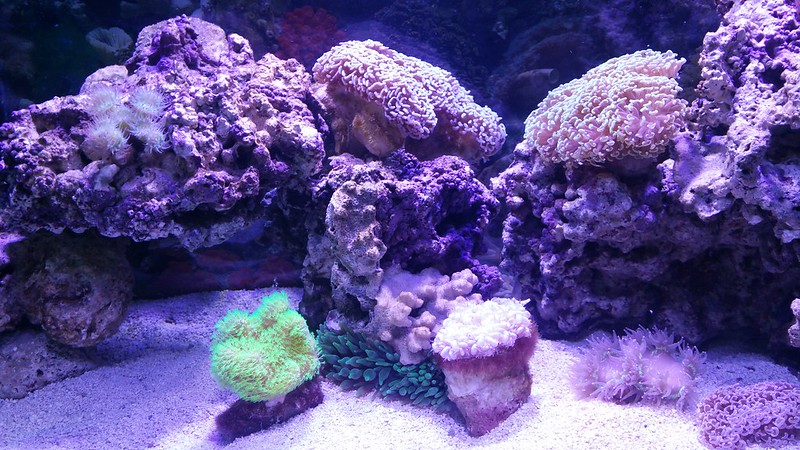
There was a memorial next to this particular tank for "Lord Yabbimus", a yabby (Australian freshwater crustacean that is commonly caught and eaten) who was the only creature to have survived a water/heating disaster that killed all the other creatures within this tank. For some time Lord Yabbimus was the lone inhabitant of the tank and when they introduced new fishes back into the tank they thought he would rule it once again, but he was promptly eaten by a fish when new fishes were introduced. (RIP Lord Yabbimus) (Well, they should have known this would happen, especially since the yabbies were actually put into the tank as fish food...)
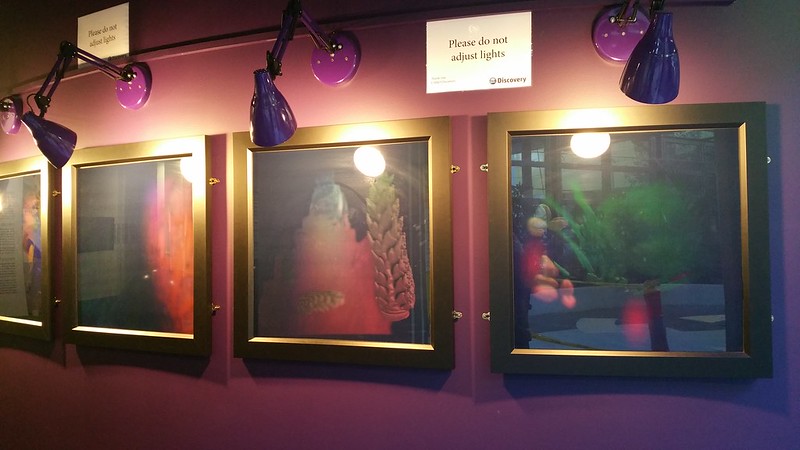
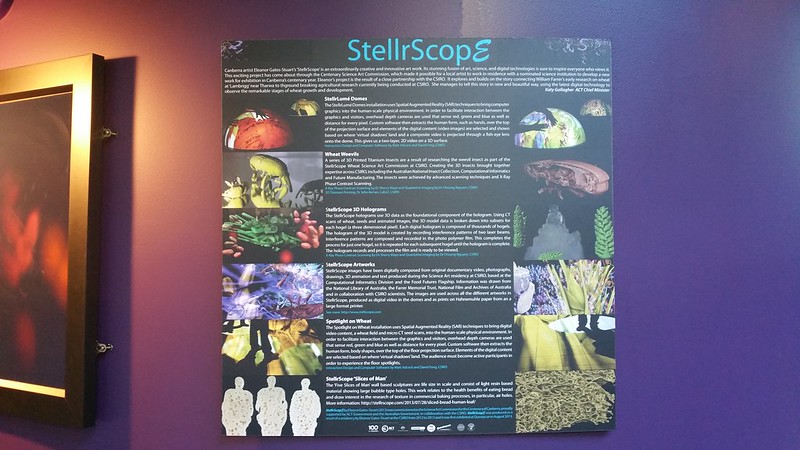
There were also many HOLOGRAMS! Artistic ones! These were the works of artist Eleanor Gates-Stuart - the result of the Canberra Science Art Commission - exploring the story of WHEAT in hologram.
I was very excited to find so many at CSIRO but in terms of display I can see how holograms can be super problematic. Firstly these were on a rather strange purple curved wall that was not very flattering, and they were mounted quite high with a ton of environmental lighting interfering with the image, so I think it would have been hard for shorter adults and children to see the image clearly. I found that if I shone my phone light into them that I could see the holograms better, so perhaps it could have been mounted in a better condition as I suspect that a less curious visitor might have dismissed them because of the physical difficulty of viewing the holographic image.
Powerhouse (Sydney)
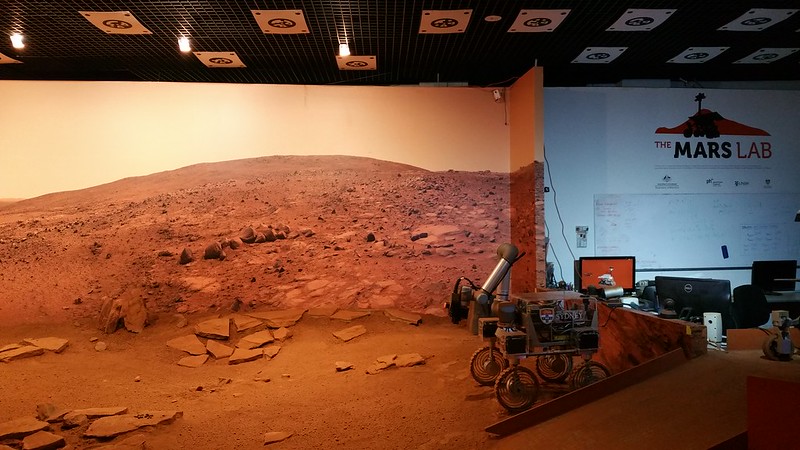
The Powerhouse is part of the Museum of Applied Arts and Sciences and is a bit like a mashup between a science museum, design museum, and medical technology collection - covering everything from history of science and tech to industrial relics, decorative arts, transport and space exploration, etc.
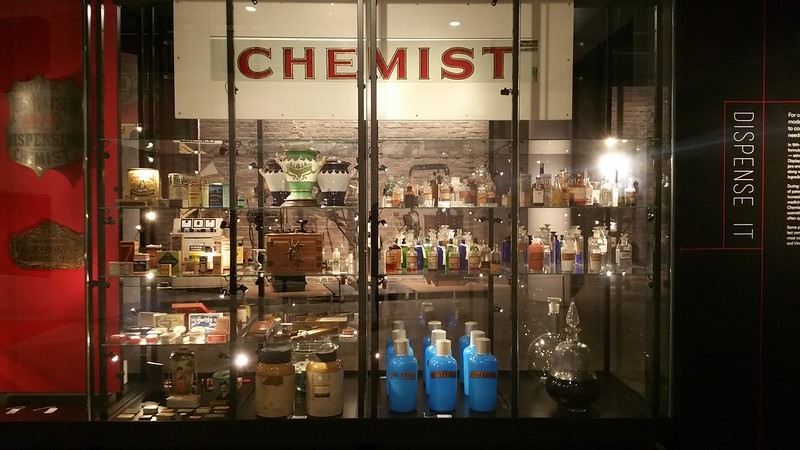
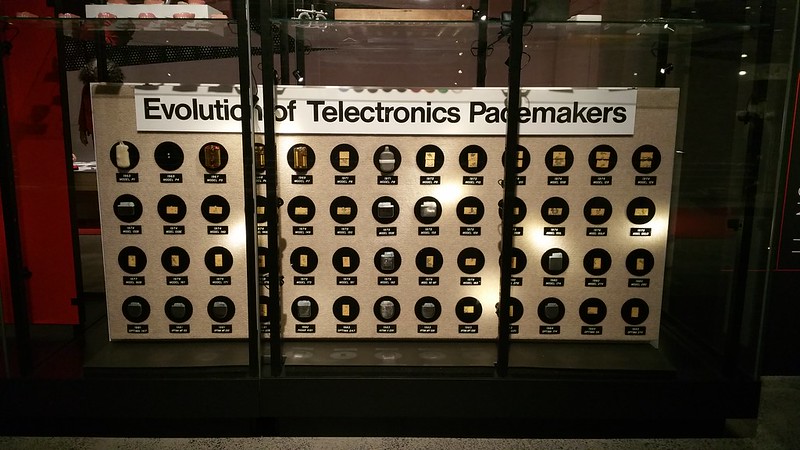
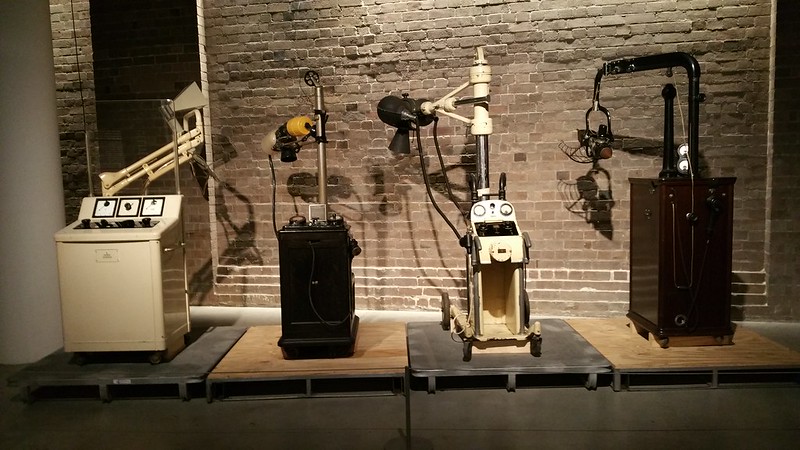
X-ray machines
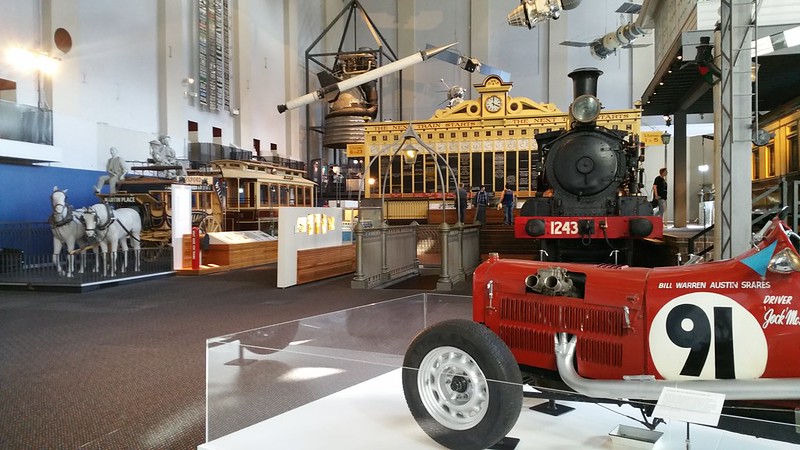
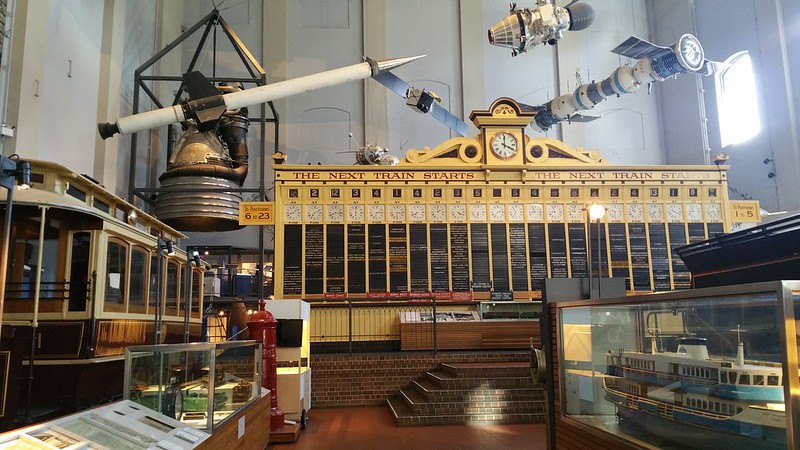
Large technology objects
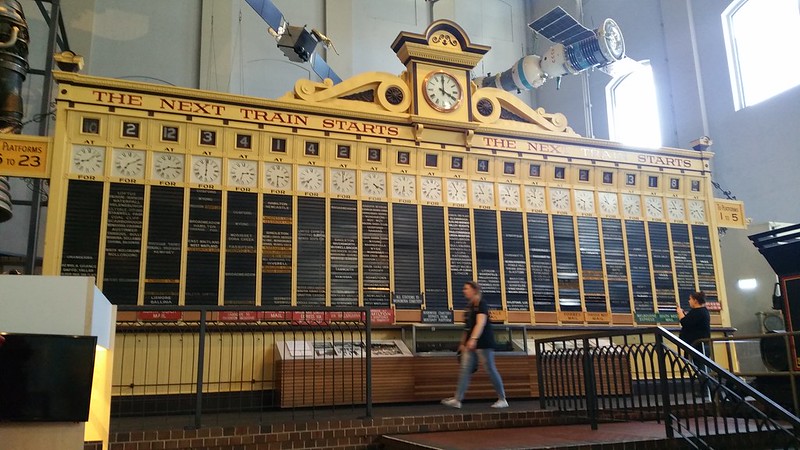
A whole train schedule board
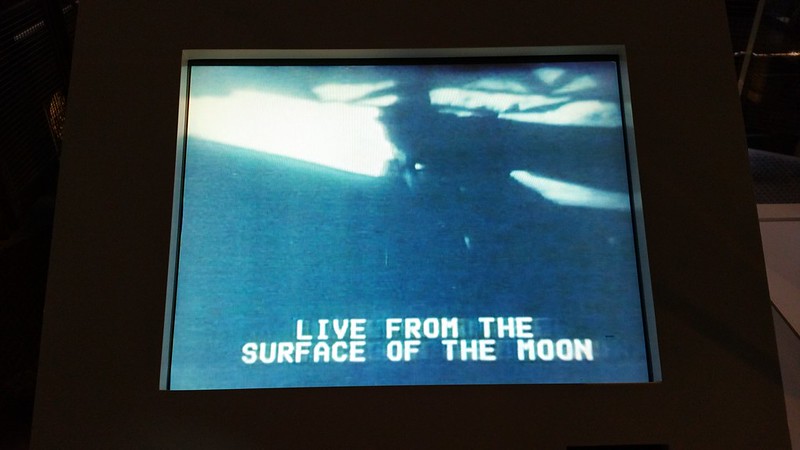
Moon landing footage accompanied by the caption "science fiction becomes fact!"
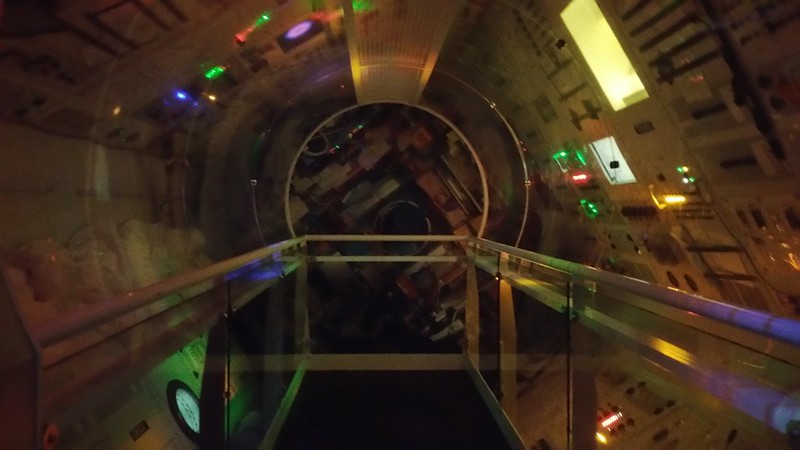
The highlight here has to be the "ride" you can take in a space ship with all of its panels spinning around you - although you don't move the movement of the "ship" around you certainly produces a really pronounced disorientating effect.
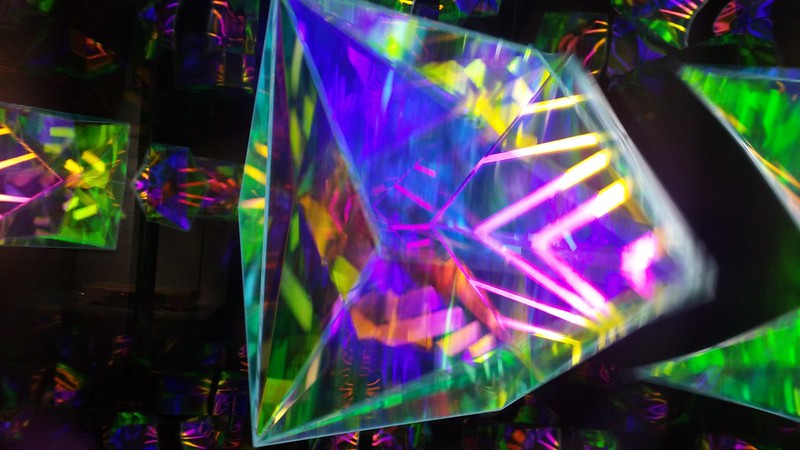
But at the same time no science museum seems complete without a collection of gratuitously shiny and colourful things.
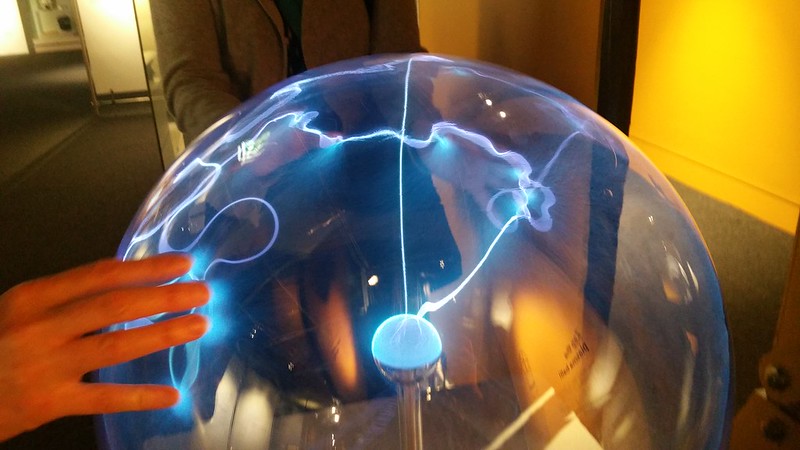
Despite my fondness for science museums, by this point I'd spent so much time in science museums that I was beginning to seriously get museum fatigue - so this visit ended abruptly with a detour to Lunch at the very excellent Dixon House Food Court. We also didn't get to go to the Museum Discovery Centre which is like the warehouse in which all the large objects are held but apparently that might be worth a trip if one has more time to spare in Sydney.

Dixon House Food Court
Scienceworks (Melbourne)
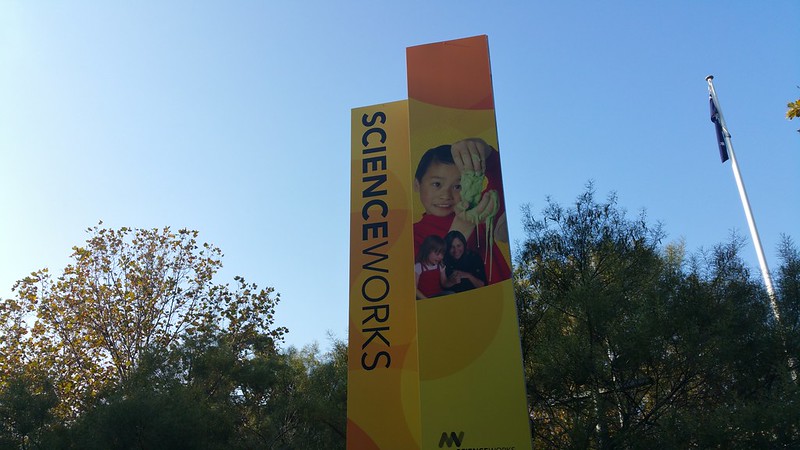
Located a short drive away in the suburbs of Melbourne is Scienceworks, the Melbourne counterpart of this unholy triumvirate of science museums. Built next to the Pumping Station, it was designed as a children-oriented science museum and amongst all the science museum this was clearly designed to be at the viewing level of a small child. Adults be warned there will be a lot of crouching down in order to see exhibits, some of which are so involved and interesting so as to be almost artworks in their own right, but weirdly I've noticed that many times interactive artworks are not labeled as being the work of an artist but just attributed to the museum itself. A strange thing indeed.
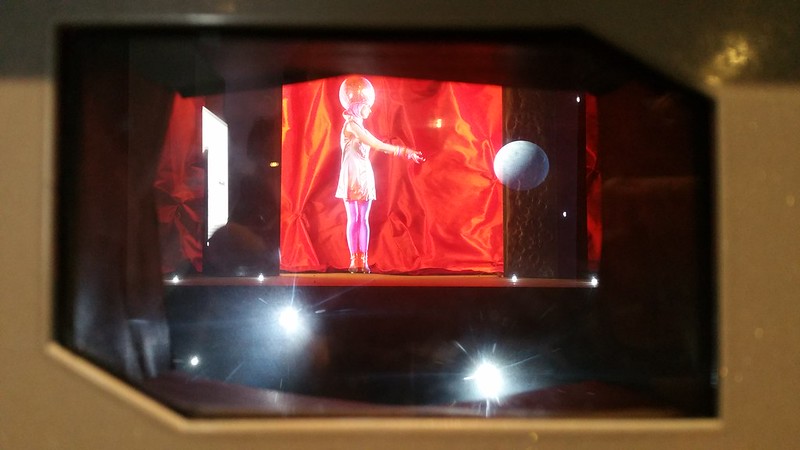
For example, I wonder if anything can tell me who made this animation?
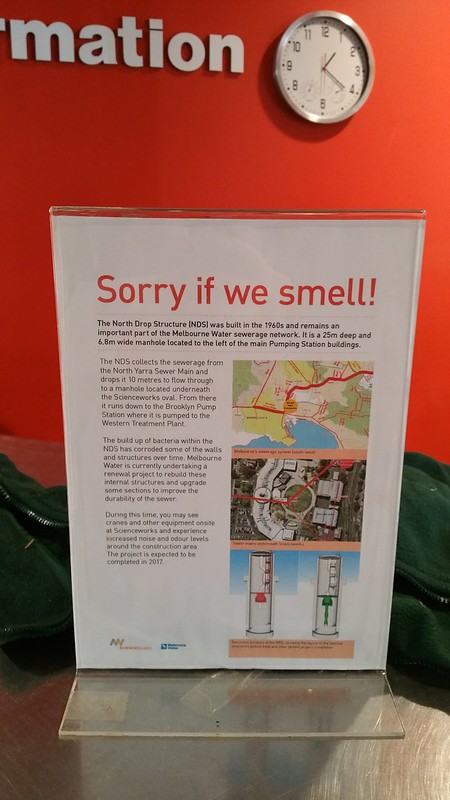
The building was meant to integrate learning with Melbourne's industrial history thus Scienceworks was built next to the Pumping Station. Unfortunately at the time we went there, there were construction/renewal works going on at the North Drop Structure (built in the 1960s as part of Melbourne Water's sewage system) which has resulted in what they tactfully phrased as an "increase in odour levels" in the area. Indeed there is an interesting odour in the area but nothing too exceedingly off-putting.
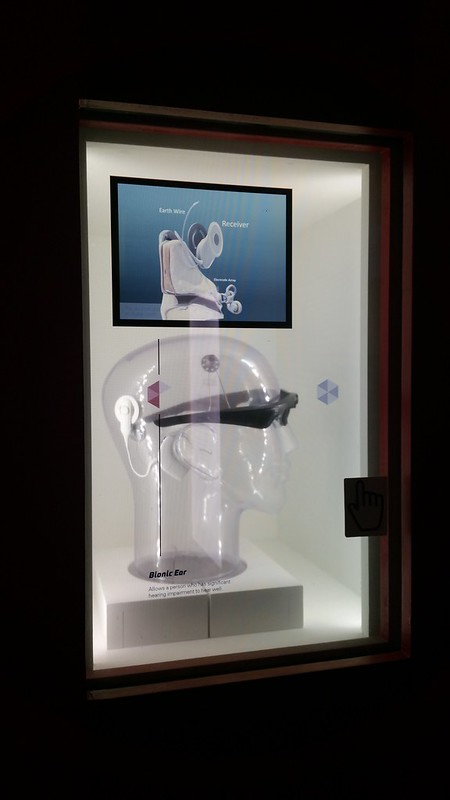
In terms of visual tricks they used quite a few technologies such as transparent touch OLED monitors, LEAP motions, Kinects and other interactives.
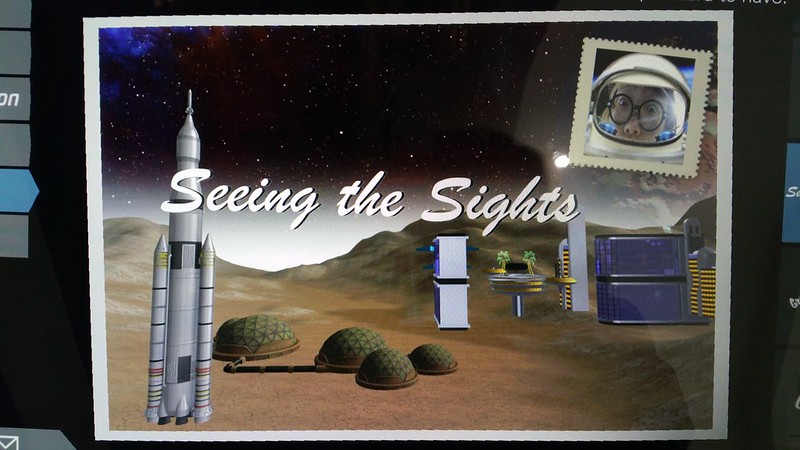
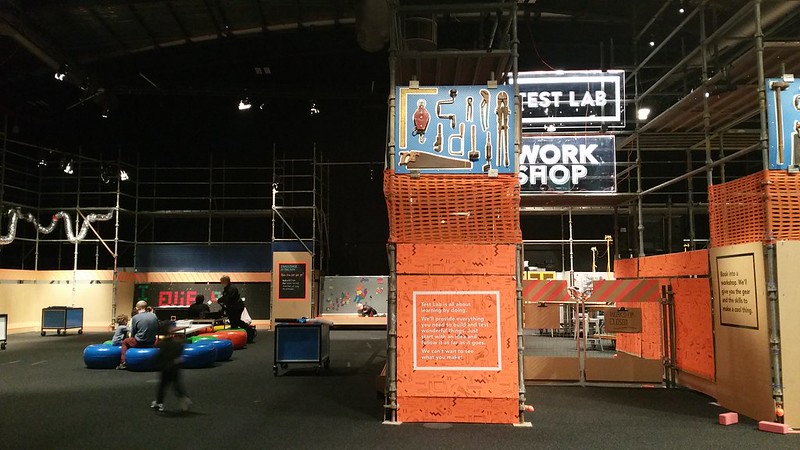
This post has to end here now as this is literally as much SCIENCE-MUSEUMING as I can humanly write about in one continuous sitting.
Mount Stromlo Visitor Centre
http://rsaa.anu.edu.au/observatories/mount-stromlo-observatory
Open 9am-4pm on weekdays, 7.30am - 5 pm weekends.
Free admission. Cafe has excellent view.
Questacon
https://www.questacon.edu.au/
Open Daily and Holidays: 9.00 am - 5.00 pm
King Edward Terrace, Canberra ACT 2600
Adult admission is a WHOPPING $23.
CSIRO Discovery Centre
https://www.csiro.au/en/Education/Community-engagement/Discovery-Centre
Open Monday to Friday from 9am - 4:30pm
Closed on weekends and public holidays, except by appointment
North-science Road, Acton ACT 2601, Australia
Free admission. Although the website says there's a ticket charge, I just walked in and there was no "ticketing desk" really.
Powerhouse Museum
https://maas.museum/powerhouse-museum/
Open daily 10:00am – 5:00pm
500 Harris St, Ultimo NSW 2007
Adult admission $15
Scienceworks
https://museumvictoria.com.au/scienceworks/
Opening Hours. Daily 10am–4.30pm
2 Booker St, Spotswood VIC 3015, Australia
Adult admission $14
Summary of optical illusions:
* Peppers Ghost
* Projection Mapping
* Rear Projections
* Virtual Reality Interactive
* Augmented Reality Interactive
* Parallax Barrier Grid
* Lenticular Prints
* Reflection Holograms
Video documentation here:
No comments:
Post a Comment